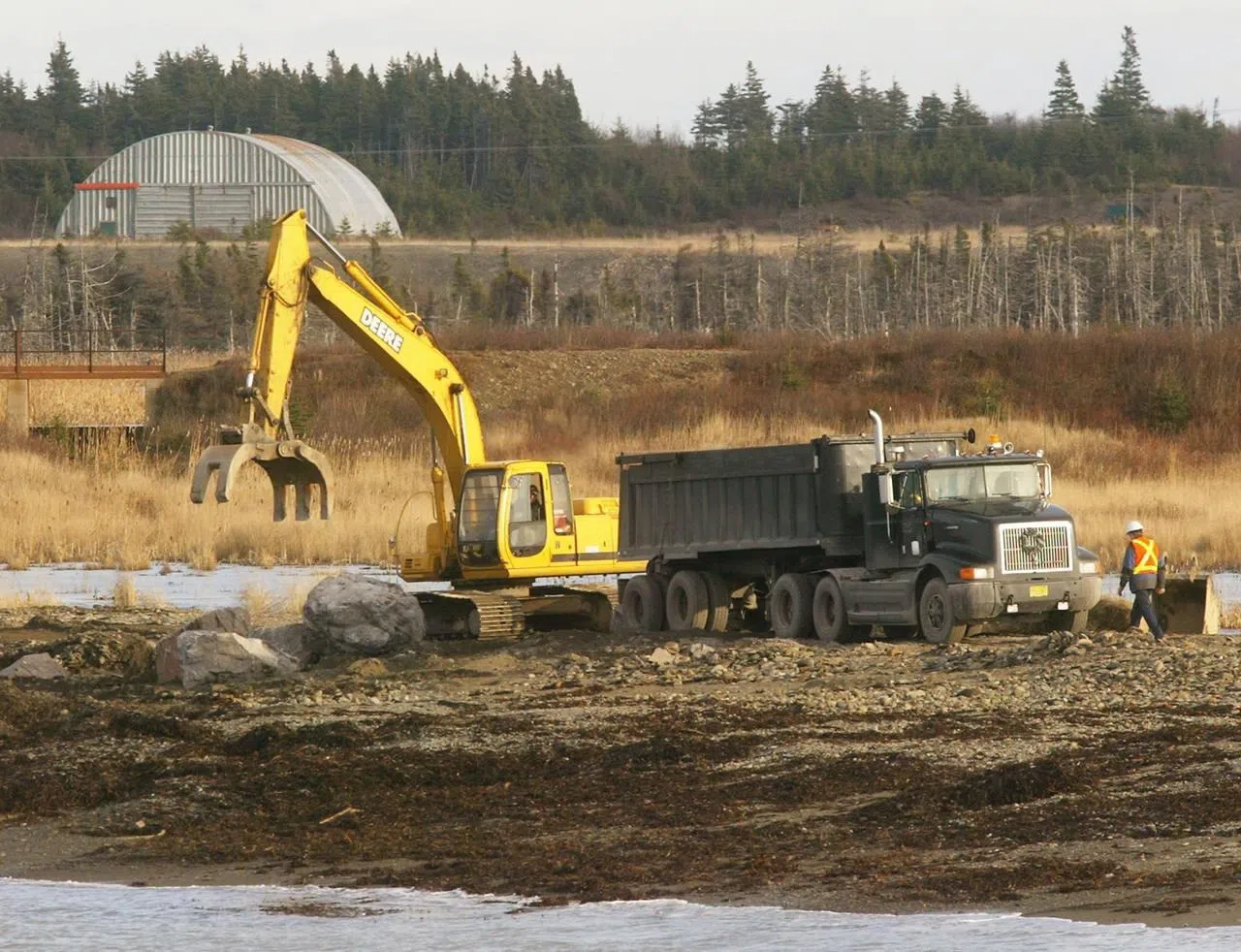
New underground mine revives Cape Breton’s historic connection to coal
DONKIN, N.S. — Absent for almost a generation, a way of life has returned to Cape Breton.
Underground coal mining, once the backbone of the island’s economy, resumed at the Donkin Mine late Monday as the members of A-Crew began cutting the black fossil fuel from a tunnel that extends four kilometres under the Atlantic Ocean.
A photo taken after the first shift shows six burly men, their faces and coveralls coated in soot and grime.
The image captured a moment that was once a common sight along Cape Breton’s ragged northeast coast, where coal has been pulled from the surrounding hills for almost 300 years.


